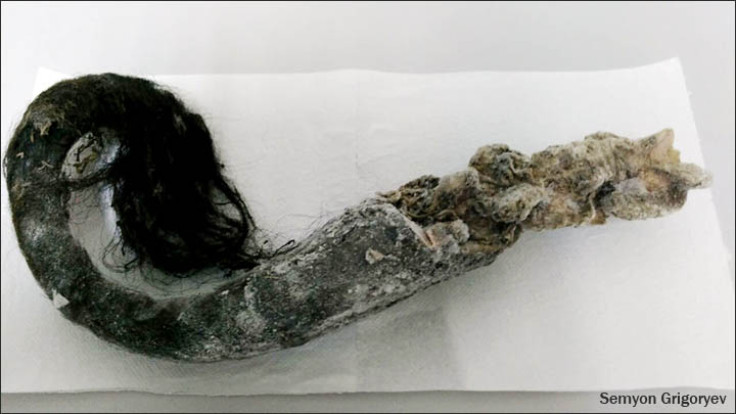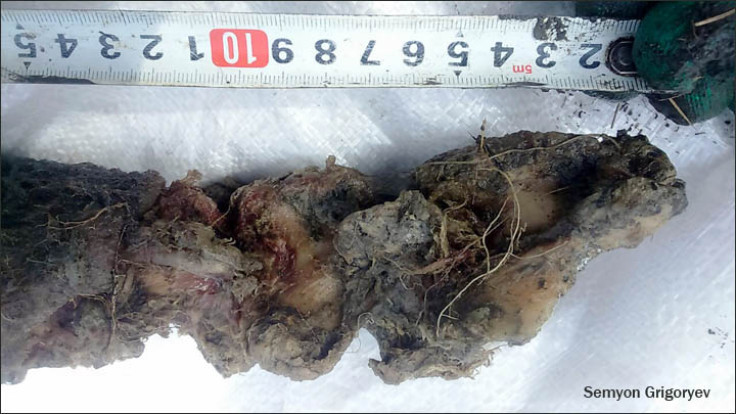Cloning ancient extinct bison sounds like sci-fi, but scientists hope to succeed within years
A bison tail preserved in permafrost could give scientists access to ancient bison DNA to use in their cloning work.

Russian and South Korean scientists are collaborating on the ambitious project of bringing back to life the extinct steppe bison. They plan to extract DNA from an ancient bison tail, which remained preserved in Siberia's permafrost for years, in order to create clones of the animals.
The steppe bison is thought to have become extinct in the early Holocene – a period that started 11,700 years ago – after having roamed the steppes of western and eastern Europe, Central Asia, Japan and north-west Canada. But in August 2016, remains of a tail were discovered in the Sakha Republic, in the basin of a river known as Indigirka.
Although more tests need to be done to date the discovery, Dr Semyon Grigoryev, the director of Mammoth Museum at the North-Eastern Federal University, who leads the project, told the Siberian Times that it was probably no younger than 8,000 years old.
Inter-species cloning
The idea of reviving an ancient species that has been extinct for millennia may sound like science-fiction, but the scientists strongly believe it would be possible in the near future.
They are currently working on cloning a Canadian wood bison for the first time, using a cow as surrogate mother. If they succeed, they will show that inter-species cloning is possible; this is crucial to bringing ancient species back to life as scientists would have to use surrogate mothers from modern-day species.


"We decided to use a cow as a surrogate mother. Our Korean colleagues already have an experience of cloning cows. And it will not affect the results much. If the experiment will be successful, we will get 99.8% newborn bison", Grigoryev said.
"It is very important for our project on cloning ancient animals to overcome the species barrier. As of now, no-one managed to do this, and the success of inter-species cloning can give us hope for the revival of extinct [animals] and preservation of endangered species".
The teams sees the cloning experiments with the modern wooden bison as a training for their future work on the ancient steppe bison.

Beyond the work they do relating to cloning, the researchers are also formulating hypotheses about what might have happened to the steppe bison to which the tail belonged to. It is likely that the rest of the body was eaten by predators. "Judging by the gnawed base of the tail, the bison could have been the victim of predators, like cave lions or cave bears", Grigoryev said.
© Copyright IBTimes 2024. All rights reserved.






